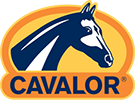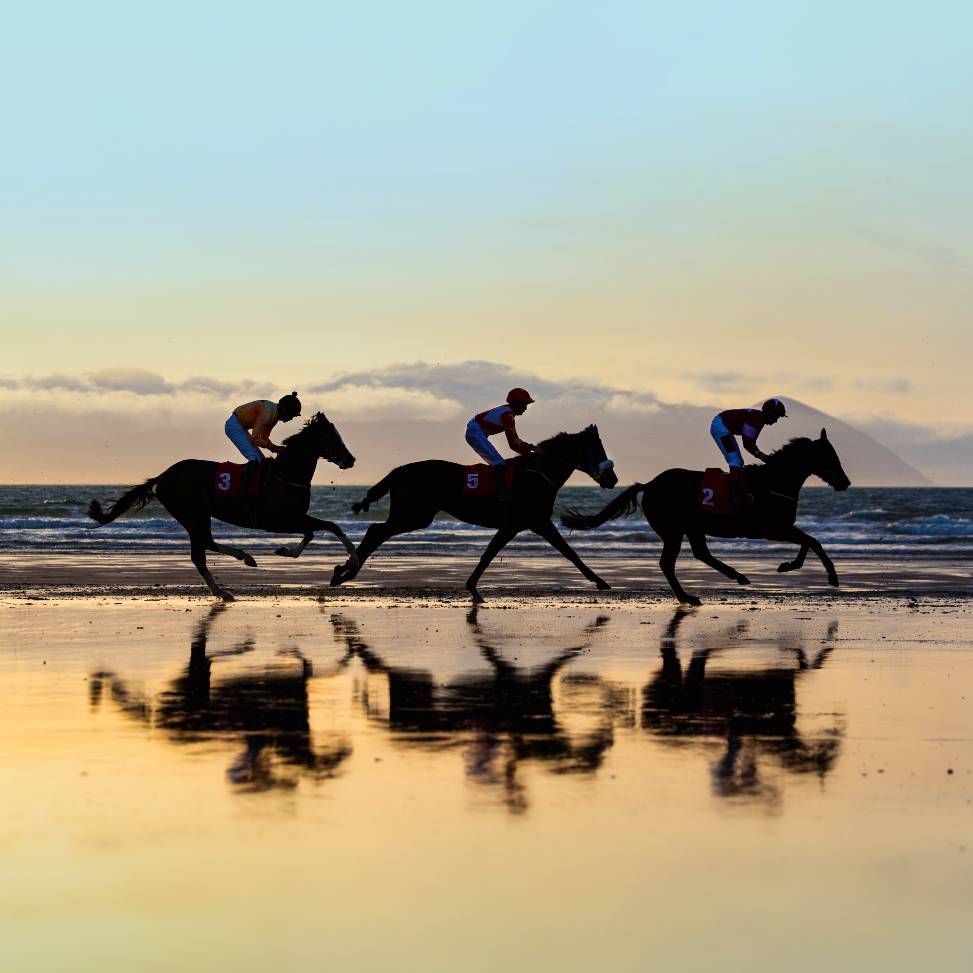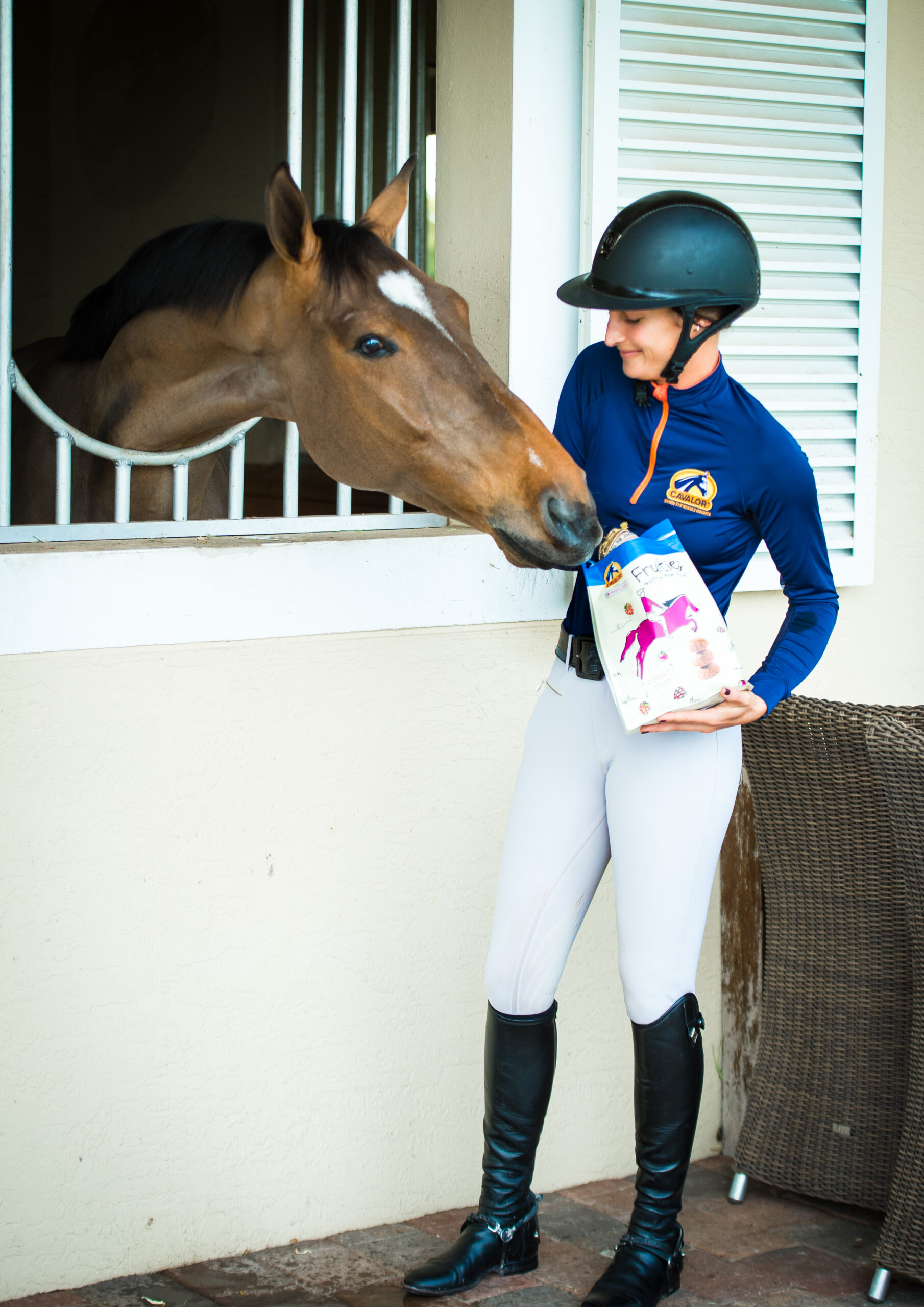Muscles are the powerhouse of the racing performance – they are responsible for turning energy into explosive strength, agility, speed and power, protecting the skeletal system and lowering risk of injury. But how do we build muscle? In this issue of Science Sunday we talk you through the critical elements of muscle development and common mistakes to avoid.
As an athlete, muscle development is key to the health and performance of a racehorse. One of the most common misunderstandings regarding muscle development is that this can only be achieved through training. However, your horse’s muscles can only develop if they are provided with the right nutrients (essential amino acids) through feed. In fact, a horse may even lose muscle mass if it is trained hard but does not get the nutrients necessary for building and developing muscle. The process of building muscle also requires micronutrients. Nutrition plays a key role but is often overlooked as the basis for building and maintaining muscle.
Muscles only develop with the right nutrients
The basics about muscles
Appropriate training and diet requires understanding of how to make muscles stronger and more flexible, and this requires knowledge about muscle structure and function. A horse’s body has more than 700 muscles. Muscles are bundles of long fibers called myocytes. Myocytes are made up of long chains of amino acids which form proteins, mainly Actin and Myosin (myofibrils). The movement of these protein chains cause the contraction and relaxation of muscles.

The muscle has the ability to adapt to the required effort over time, which is one of the body’s major adaptations in increasing fitness. Regular training and gradual increases in work breaks down the horse’s existing muscle, with correct nutrition subsequently, the horse’s muscles will become stronger and he will gain muscle mass. It’s also important to know that your horse cannot build muscle if he does not have adequate reserves. To build muscle, a horse must have a Body Condition Score (BCS) of at least 5 (on the Henneke scale).
What are the building blocks for muscles?
For muscle development, the horse’s feed needs to contain the right amino acids and adequate energy. We know that muscle fibers are made from proteins which are long chains of amino acids. A horse therefore needs protein to build muscle.
This protein must be easily digestible and the amino acids it contains must be those that the horse can absorb. There are 20 amino acids, 11 of which can be synthesized within the body. The other 9 amino acids cannot be made in the body and so must be obtained through the diet. The essential amino acids are: lysine, methionine, phenylalanine, threonine, tryptophan, histidine and the 3 BCAAs (branched chain amino acids) leucine, isoleucine, and valine. These BCAAs play an important role in supporting the regeneration of muscle fibers. For optimal absorption, it is important that the horse ingests amino acids with an amino acid profile that is quite similar to its own. The absence of even just one amino acid will slow the process of muscle development. Proteins are important, but energy is also essential for strengthening muscle.
Feeding with sufficient amounts of proteins and energy will ensure that a horse will develop strong muscles. When all the basic conditions for a muscle-developing feed ration are met, you can start to demand harder work from your horse.
Where do muscles get their energy?
Feeding high quality proteins in the form of a complete amino acid profile is important, but is not the only requirement in terms of muscle development. Muscle function relies on adequate energy balance from all macronutrients including carbohydrates and fats, and hypertrophy can only occur when the muscle is sufficient in energy from complete nutrition to function. When the body gets the signal that not enough “fuel” is available, it stops the muscle-building process. In fact, inadequate energy in the feed over time can lead to muscle loss.
High energy ingredients such as cereals and oils, as well as various vitamins and minerals play an important role in the body during muscle development. Only a balanced diet with sufficient energy, proteins, and essential trace elements will have all the feed components necessary for building strong and healthy muscles.
The first limiting factor in an equine diet is always energy
Nutrition and training
We know that optimum nutrition for muscle development requires a balanced diet that is high in essential amino acids and carbohydrates, however, physical exertion is equally important; without stimulation there can be no growth. Building muscle requires exercise with slight overexertion. An increasing overload may have a negative connotation, but this does not apply when it comes to building muscle – it is this overload that is key to stimulating growth. It is a concept that allows a safe and responsible progression in terms of muscle building. Physical exertion causes microtears in the muscles. Creating muscle damage stimulates the production of several hormones that enables the muscle to repair itself and become stronger and the muscle will gain in size and power. This is a natural process called hypertrophy. The process of hypertrophy means that following adequate rest and appropriate feeding the muscle is able to adapt and respond well to progressively harder training. This recovery process happens 24 to 48 hours after an intensive workout. Rest periods are often underestimated but are key in allowing hypertrophy to occur. A rest day doesn’t necessarily mean a day with no exercise; it can include a light hack or an easy training session with lots of walk intervals.
Want to learn more about increasing work and muscle growth? Then watch our video on how to build your horse’s topline.
The importance of proper warm-ups and cool-downs
Warm-up and cool-down phases are essential parts of training. Warming up “wakes up” the muscles and increases blood circulation. Several minutes of relaxed trot after a workout ensures the removal of waste products and promotes the breakdown of lactate. Don’t underestimate the importance of both of these training phases; they help to optimize training sessions and are necessary to avoid sore muscles and muscle damage.
Feeding tips from our feed experts: Which Cavalor products will help my horse to build muscle?
Even though your horse’s muscles are trained year round, he should be given high-protein feed only for a limited time as it puts strain on the liver. have compiled all products that help to develop and maintain strong and healthy muscles.
Cavalor WholeGain is a high-fat, concentrated mix that promotes equine fitness and a shiny coat and safely stimulates weight gain. Use Cavalor WholeGain to help your horse attain optimum physical condition.
Cavalor VitAmino is a high-quality protein source with good digestibility and an amino acid profile specially formulated for optimum development of muscle mass. Use Cavalor VitAmino to support muscle growth in your horse.
Cavalor Muscle Force is a natural supplement for horses that need to develop muscle quickly. Use Cavalor Muscle Force to support the development of strong muscles.
Cavalor Muscle Cooler is a cooling gel that supports the regeneration of joints, tendons and muscles.
Cavalor is one of the few companies in the world that guarantees that its full product range (if used accordingly our prescribed guidelines) is compliant with FEI and International Federation of Horseracing Authorities rules and can be safely used during the entire season without withdrawal period.
Want to know more about Cavalor? Contact us at +441352746100 or race@cavalor.com


